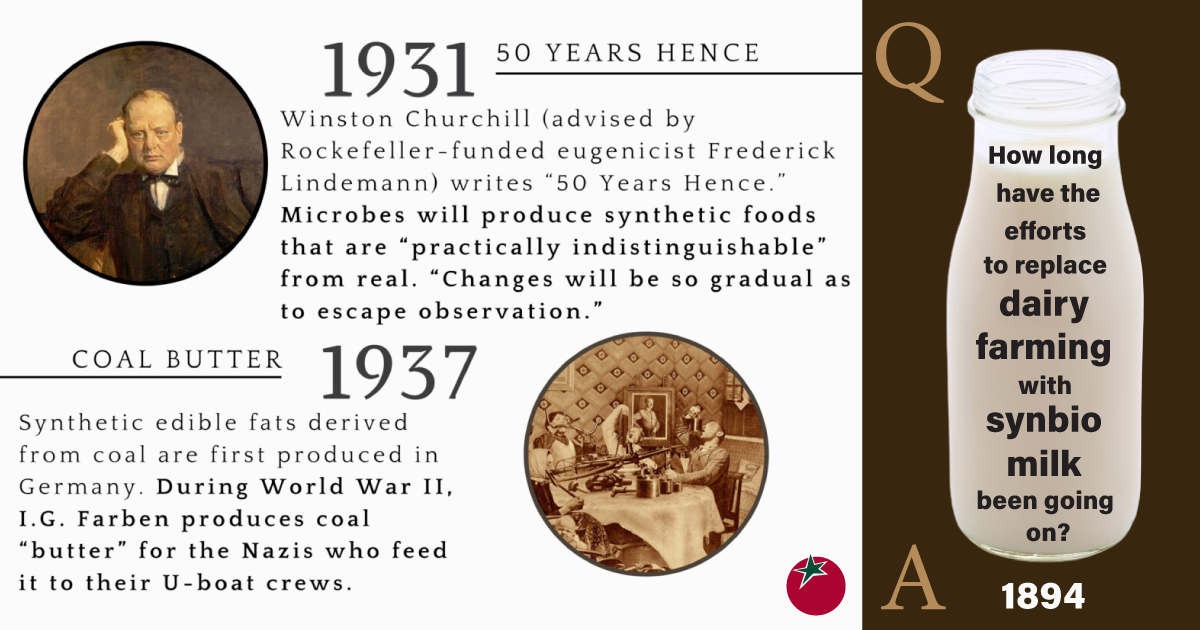
BAN SYNBIO FOOD
Timeline of the Efforts to Replace Dairy Farms with SynBio “Milk” Proteins Goes Back to 1894!
Alexis Baden-Mayer, Political Director of the Organic Consumers Association:
The most powerful World Economic Forum company in food and agriculture is Monsanto (now Bayer). It has long been implementing a controlled demolition of the profession of farming in favor of a single, high-tech system that can be controlled on a global scale.
When Bayer ran Auschwitz “for Hitler” as I.G. Farben’s largest factory, one of its products was “butter” made from coal. This is what U-boat sailors subsisted on.
Currently, their favorite synthetic food production model is the genetic engineering of microbes like yeast, fungi and E. coli to produce small molecules (proteins and nutrients) for highly processed Frankenfoods like “non-animal” whey and egg protein.
The dairy and egg industries are the first two agriculture sectors slated to be wiped out, dairy farmers by crushing debt and “environmental” regulations, and egg farmers by the bird flu.
It is fascinating to me that Metabiota, one of the bioweapons defense contractors involved in the creation of the pandemic virus (the other being EcoHealth Alliance), after being linked to Joe Biden and Ukraine labs through Hunter’s laptop, was absorbed by Ginkgo Bioworks, Bayer’s synbio partner in this plot to replace real food with the synthetic products of genetically engineered microbes. And, that Bayer’s favorite spokesperson for this brave new world is George Church, a scientist funded by Jeffrey Epstein and DARPA, who gave an Edge Masterclass for colleagues including Metabiota’s Nathan Wolf and Google’s Larry Page, at Elon Musk’s Space X.
These guys aren’t going to run the world on crickets. They’re going to run it on an automated and robotic system where artificial intelligence designs genetically engineered microbes as factories for the production of synthetic food, medicine, chemicals and fuel. The U.S. Department of Agriculture [that] might fund crickets, but it’s the Pentagon’s Defense Advanced Research Projects Agency (DARPA) that’s been funding what will ultimately be the Great Reset’s choice Soylent Green: using microbes to turn waste into FOOD.
How long have these efforts to replace dairy farming with synbio milk been going on? What will corporations and the government do to get us to go along with it? This timeline has the answers:
Read the timeline and analysis by Alexis: Timeline of the Efforts to Replace Dairy Farms with SynBio “Milk” Proteins Goes Back to 1894!
TAKE ACTION: Ban New GMO Frankenfoods Made with Synthetic Biology (a.k.a “Precision Fermentation”)

PESTICIDES
Chemical That May Cause Infertility Found in Cheerios, Quaker Oats
By Cara Lynn Shultz, People:
“A chemical that’s banned for use on edible plants in the United States has been found in Cheerios and Quaker Oats — and 80% of Americans have been exposed to it, according to a new study in Journal of Exposure Science & Environmental Epidemiology and shared on Nature.
Chlormequat is a chloride salt, according to the National Library of Medicine, and is ‘registered for use on ornamental plants grown in greenhouses and nurseries.’
However, it’s approved for use on edible plants in other countries — and in 2018, the Environmental Protection Agency allowed the importation of plants that had been treated with the chemical, the Environmental Working Group reports.
In animal studies published by the National Library of Medicine, chlormequat has been linked to reduced fertility and ‘reproduction problems,’ delayed puberty, and impacted embryonic growth and ‘even has adverse effects on postnatal health.’
‘We detected the chemical in 92 percent of oat-based foods purchased in May 2023, including Quaker Oats and Cheerios,’ a report from the EWG on the study says.
The list included regular Cheerios, Honey Nut Cheerios, Cheerios Oat Crunch Oats n’ Honey, and Frosted Cheerios.”
Read more to find out which other products contain Chlormequat
Hear from EWG experts on what you need to know about chlormequat and how to join the fight to get this chemical out of our food and our bodies.
WATCH: A Dangerous New Pesticide Now in People and the U.S. Food Supply

NEW STUDY
Eating Cheese Can Fight Cognitive Decline, New Study Finds
Joseph Shavit writes for The Brighter Side of News:
“In the pursuit of a healthier, more fulfilling life, the choices we make in our diets have always played a significant role. The link between what we eat and our physical well-being has been extensively studied and understood for years. But what about the impact of our dietary choices on our cognitive health, especially in the elderly population?
This is a realm of scientific inquiry that continues to evolve. In this context, dairy products, particularly cheese, have recently garnered attention for their potential role in supporting brain health. While some studies have hinted at the protective benefits of dairy products for the brain, the evidence has been somewhat inconsistent.
However, a recent study published in the Nutrients journal by the Multidisciplinary Digital Publishing Institute (MDPI) suggests that regular cheese consumption might indeed be associated with better cognitive health in the elderly.”
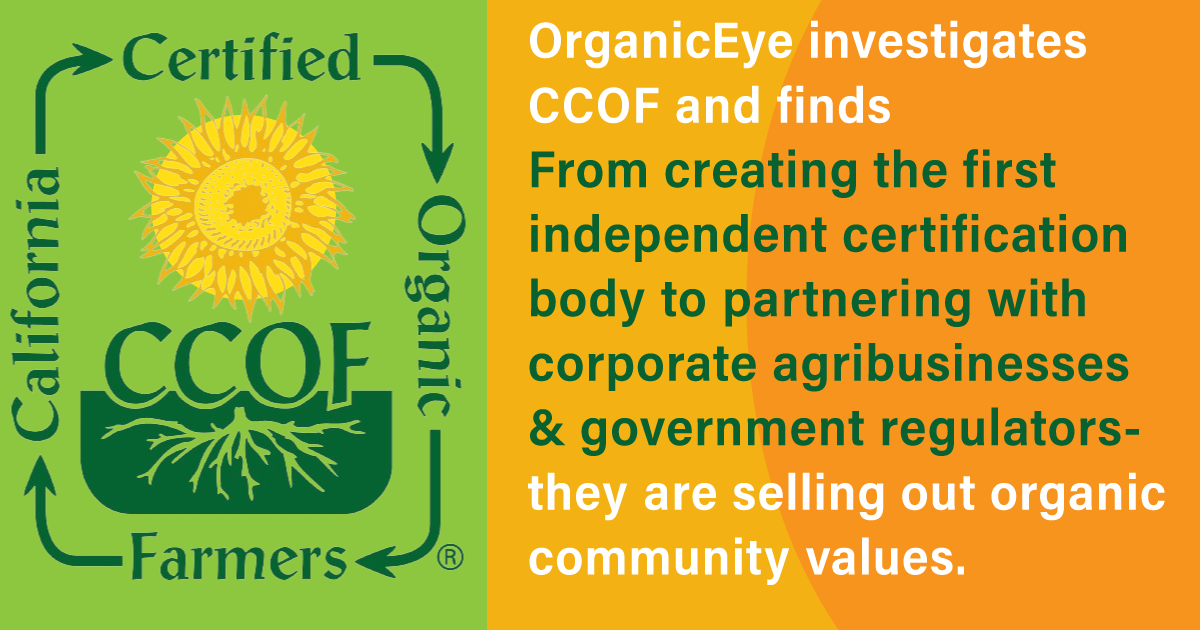
USDA WATCH
Caught Red-Handed: Organic Certifiers Freaking Out
By Mark Kastel, OrganicEye:
“This year is the 20th anniversary of OrganicEye’s founder and executive director, Mark Kastel’s, career shift to doing corporate and governmental watchdog work in defense of the organic movement.
He and his team’s most recent investigation spotlights the organic certification system, with particular focus on certifiers granting USDA organic certification to industrial-scale livestock operations (also known as CAFOs) and hydroponic (soilless) growing facilities — practices that sidestep organic standards and economically disadvantaged family-scale farmers. The first subject of OrganicEye’s scrutiny was California Certified Organic Farmers (CCOF), which led to the filing of a formal legal complaint against the certifier and a request that the USDA Office of Inspector General investigate the National Organic Program.
OrganicEye’s response to posts made by CCOF’s CEO, attorney Kelly Damewood, can be found below. But first, a brief recap.
CCOF, the largest certifier in the United States, has been targeted by OrganicEye for approving numerous industrial-scale hydroponic (soilless) production facilities, like the international berry giant, Driscoll’s, despite the requirement for soil stewardship clearly stated in the Organic Foods Production Act (OFPA) passed by Congress in 1990. CCOF also certifies numerous dubious factory livestock operations (CAFOs). Additionally, OrganicEye’s research has exposed the potential conflicts of interest created by the generous donations CCOF receives (totaling hundreds of thousands of dollars) from the agribusinesses they are hired to certify.”

HEALTHY LIVING
10 Rules Of Ikigai, The Japanese Secret To A Long And Happy Life
By Parker Klein, YourTango:
“Your Ikigai is a Japanese concept that defines your reason for being. Your Ikigai sits at the center of:
- What you love (your passion)
- What the world needs (your mission)
- What you’re good at (your vocation)
- What you can be paid for (your profession)
1. Take it slow.
‘My secret to a long life is always saying to myself, ‘Slow down’ and ‘Relax’. You live much longer if you’re not in a hurry.’
Live an unhurried life. Being in a hurry is inversely proportional to quality of life.
2. Stay active; don’t retire.
‘Walk slowly and you’ll go far.’
Only staying active will make you want to live a hundred years.
3. Don’t fill your stomach.
Less is more when it comes to eating for a long life. Fill your belly to 80%.
Rather than overeating and wearing down our bodies with long digestive processes that accelerate cellular oxidation, stop eating when you feel your stomach reach 80 percent of its capacity.
Extra food will give us pleasure in the short term, but not having it will make us happier in the long term.”
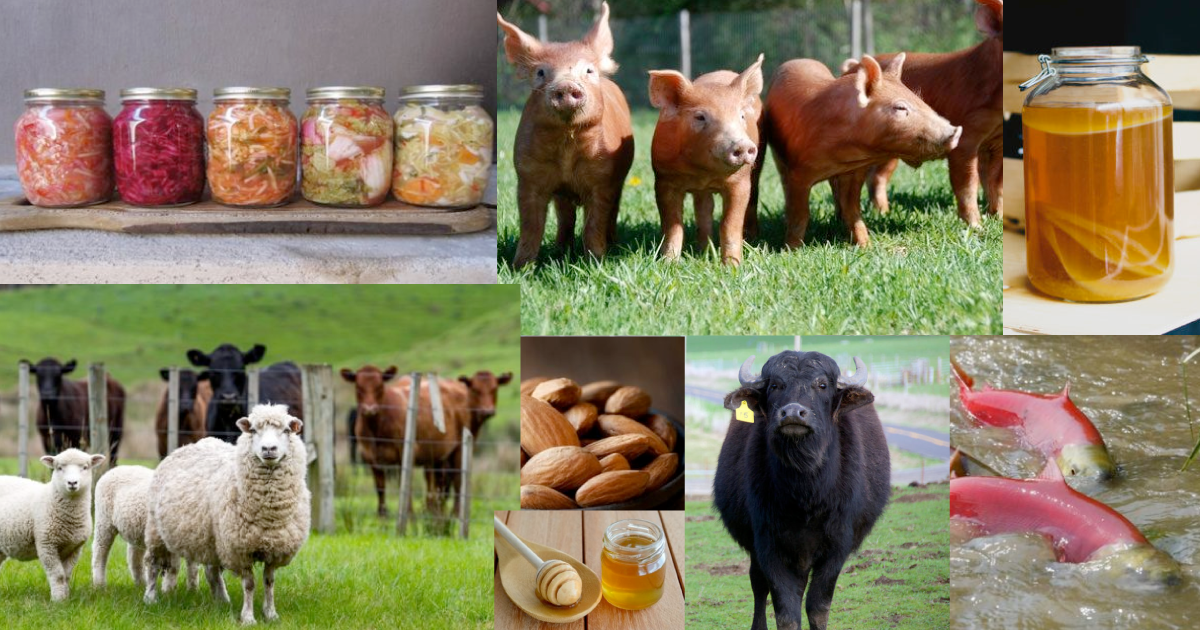
FOOD FREEDOM
Amish Farmer Raided by Pennsylvania Department of Agriculture
Analysis by Dr. Joseph Mercola:
Story at-a-Glance:
- Amish farmer Amos Miller, owner of Miller’s Organic Farm in Bird in Hand, Pennsylvania, offers traditional, nutrient-dense food to his community via a private membership association
- In January 2024, the Pennsylvania Department of Agriculture raided Miller’s farm, searching for raw dairy products and placing wholesome foods ranging from pickled beets and maple syrup “under detention”
- According to local food activist Max Kane, the officials detained about $100,000 worth of food
- Miller’s traditional farming practices have been under scrutiny by regulators for close to a decade
- On February 29, 2024, Kane is calling for people to take action in support of Miller by traveling to his court rally and hearing
Read more to find out why they are going after this Amish farmer
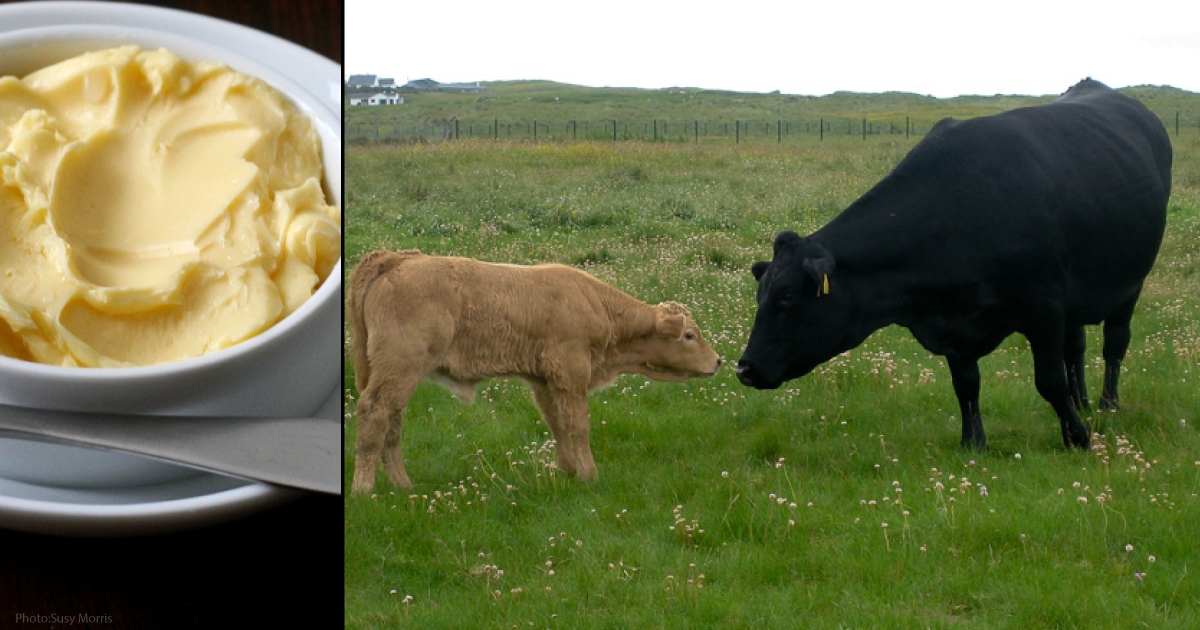
NUTRITIOUS & DELICIOUS
11 Facts You Should Know About Irish Butter
By May Wilkerson, Tasting Table:
“Irish butter is widely considered to be among the world’s best kinds of butter. Kerrygold, Ireland’s most ubiquitous butter brand, is one of the top-selling brands of butter in the U.S. and around the world. It was even ranked the best grocery store butter on the market by Tasting Table. So what is it about Irish butter that has made it the gold standard in spreadable dairy products? It’s more than just the luck o’ the Irish. Although luck may play a part, there are loads of factors — from climate to fat content to the way the cows are raised — that make Irish butter the literal cream of the crop.
4. Ireland’s climate and topography are ideal for butter production
Ireland’s abundant rainfall may seem dreary and depressing to those who prefer blue skies and sunshine. But there is a silver lining to those rainclouds: They are highly conducive to dairy farming. Ireland’s temperature rarely gets too hot in the summer or below freezing in the winter, meaning cows can graze outside for most of the year. Frequent rainfall in the island country is common all year long. This moist, temperate climate makes for lush, nutritious vegetation for dairy cows to feed on.
5. Most Irish butter comes from grass-fed cows
Irish butter is often described as having a “grassy” flavor. This doesn’t mean it tastes like grass, because ew no thank you. Rather, it has a wholesome, more organic taste that results from the fresh grass the cows feed on. For most of history, cows and other livestock lived outside and subsisted on grass and other natural food that their bodies are meant to digest. As dairy farming has become industrialized over the past century, it has become more common to feed cows processed food for some or most of the year. But you can taste the difference in the butter. Many people think butter from grass-fed cows has a more organic, vegetal flavor.
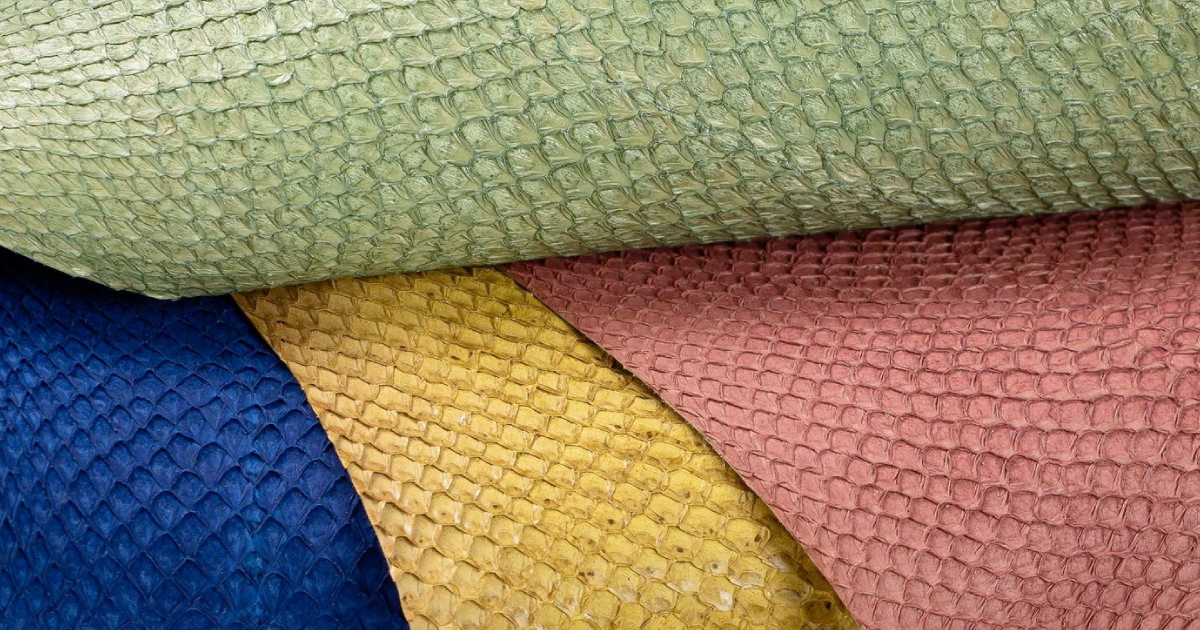
SUSTAINABLE LIVING
Fish Leather Is Incredibly Strong and Beautiful. Can Makers ‘Scale Up’?
Brendan Jones writes for The Tyee:
“Fish leather artist June Pardue began her journey into the craft not knowing where to start. Which was a problem, considering that she had been given the job of demonstrating for tourists how to tan fish skin at the Alaska Native Heritage Center in Anchorage. ‘I couldn’t find anyone to teach me,’ Pardue said with a laugh.
‘One day a guy from Mississippi noticed me fumbling around. He kindly waited until everyone had left. Then he said, ‘Do you want me to share my grandpappy’s recipe for tanning snake skins?’
His cocktail of alcohol and glycerin allowed her to soften the skins — as tourists looked on — for future use in clothing and bags. This worked fine until she began to grow uncomfortable dumping toxins down the drain. Now she uses plant-based tannins like those found in willow branches after the season’s first snowmelt. She harvests the branches gingerly, allowing the trees to survive for the next generation of fish tanners.
Pardue, who teaches at the University of Alaska, was born on Kodiak Island, off the southern coast of the state, in Old Harbor village. Alutiiq and Iñupiaq, she was raised in Akhiok, population about 50, and Old Harbor.
Following her bumpy start at the heritage center, Pardue has since gone on to become one of Alaska’s and Canada’s most celebrated instructors and practitioners in the field of fish leather, lighting the way for others in Alaska and Canada.”

CHRONIC WASTING DISEASE
Possibility of Wildlife-to-Human Crossover Heightens Concern About Chronic Wasting Disease
By Jim Robbins, KFF Health News:
“Each fall, millions of hunters across North America make their way into forests and grasslands to kill deer. Over the winter, people chow down on the venison steaks, sausage, and burgers made from the animals.
These hunters, however, are not just on the front lines of an American tradition. Infectious disease researchers say they are also on the front lines of what could be a serious threat to public health: chronic wasting disease.
The neurological disease, which is contagious, rapidly spreading, and always fatal, is caused by misfolded proteins called prions. It currently is known to infect only members of the cervid family — elk, deer, reindeer, caribou, and moose.
Animal disease scientists are alarmed about the rapid spread of CWD in deer. Recent research shows that the barrier to a spillover into humans is less formidable than previously believed and that the prions causing the disease may be evolving to become more able to infect humans.
A response to the threat is ramping up. In 2023, a coalition of researchers began ‘working on a major initiative, bringing together 68 different global experts on various aspects of CWD to really look at what are the challenges ahead should we see a spillover into humans and food production,’ said Michael Osterholm, an expert in infectious disease at the University of Minnesota and a leading authority on CWD.
‘The bottom-line message is we are quite unprepared,’ Osterholm said. ‘If we saw a spillover right now, we would be in free fall. There are no contingency plans for what to do or how to follow up.’”
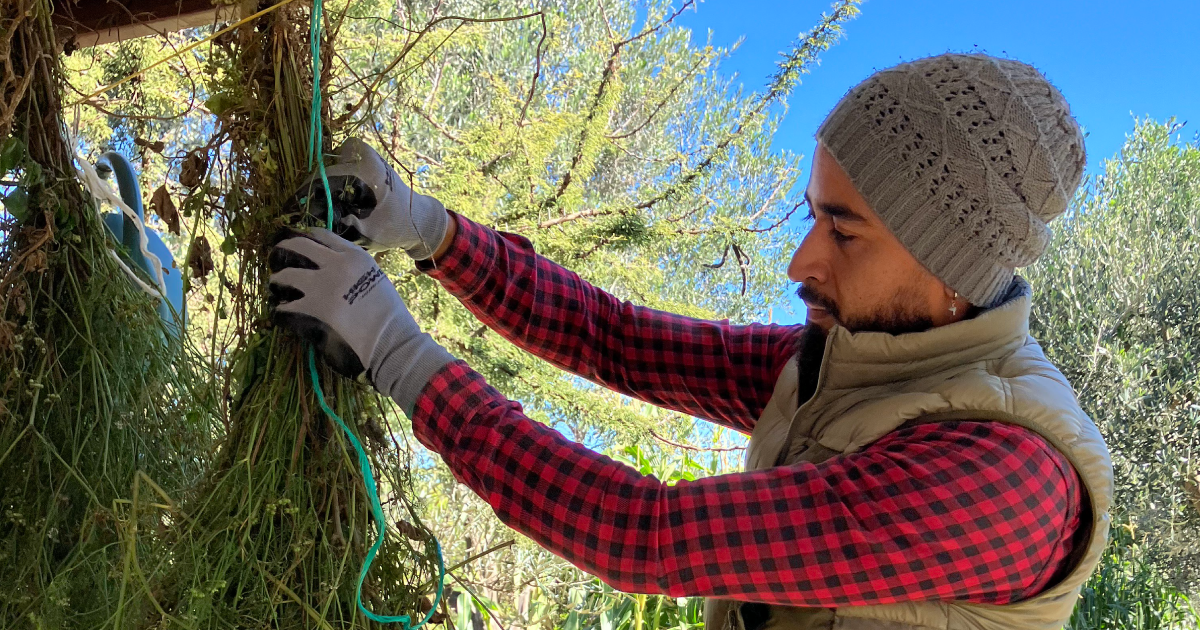
SUPPORT OCA & RI
Build a Food System That Is Healthy and Just for All!
The cabal pushing lab meats and dairy, and their Monsanto/Bayer/Syngenta/ Dow/DuPont counterparts pushing pesticide-drenched, first generation GMOs (1.0), claim that organic farming and holistic grazing and the pasturing of animals are inefficient and even dangerous, and that in our Brave New World of gene-splicing, gene-editing, and so-called precision fermentation, only elite lab engineers, large corporations, and technocrats can feed the world and mitigate the environmental and climate crisis.
But in fact there is a growing body of evidence that these 21st Century Frankenfoods are neither safe nor nutritious. SynBio Frankenfoods are neither sustainable nor-plant based, nor by any stretch of the imagination equitable for family farmers, ranchers, and indigenous/traditional communities. SynBio foods are not properly safety-tested nor labeled. Indeed upon closer examination, looking at the official risk disclosures that publicly-traded SynBio manufacturers such as Ginko Bioworks are required to provide to investors, this new generation of GE foods pose a potentially catastrophic threat to our health, environment, and the livelihoods of the world’s three billion small farmers, ranchers, indigenous herders, and rural villagers.
The time is ripe to build up a new, vastly expanded U.S. and global campaign of farmers and consumers to stop the Frankenfoods 2.0 fake meat, fake dairy onslaught.
Through mass public education, litigation, boycotts, and protests, the goal of this revitalized farmer/consumer campaign will be to drive these genetically engineered Frankenfoods (fake meat, fake milk, fake cheese) off the market, and, in the process, turn back the planned demolition of our organic and small farmer-based food and farming system by Bill Gates, Monsanto/Bayer, the Rockefeller Foundation, Silicon Valley Big Meat and Big Dairy.
Please make a donation, if you can, to help us continue our work to build a better food system, with real food, that is healthy and just for all!
Make a tax-deductible donation to Organic Consumers Association, a 501(c)(3) nonprofit
Make a tax-deductible donation to Regeneration International, our international sister organization

FERMENTATION 101
Making the Best Sauerkraut on Earth in Four Simple Steps: Chop, Salt, Pack, Wait
The following excerpt is from The Art of Fermentation by Sandor Ellix Katz.
“Make your own delicious, healthy, probiotic sauerkraut! Four easy steps are all you need to turn fresh garden veggies into a long-lasting, tangy, pungent condiment.
4 Simple Steps to Making Sauerkraut
The English language does not have its own word for fermented vegetables. It would not be inaccurate to describe fermented vegetables as “pickled,” but pickling covers much ground beyond fermentation.
Pickles are anything preserved by acidity. Most contemporary pickles are not fermented at all; instead they rely upon highly acidic vinegar (a product of fermentation), usually heated in order to sterilize vegetables, preserving them by destroying rather than cultivating microorganisms.
“For pickles, fermentation was the primary means of preservation until the 1940s, when direct acidification and pasteurization of cucumber pickles was introduced,” writes Fred Breidt of the USDA.
Vegetable Ferments
My vegetable ferments are usually concoctions that do not fit any homogeneous traditional ideal of either German sauerkraut or Korean kimchi.
But of course, everything I’ve learned about sauerkraut and kimchi reveal that neither of them constitutes a homogeneous tradition.
They are highly varied, from regional specialties to family secrets.
Nonetheless, certain techniques underlie both (and many other related) traditions, and my practice is a rather free-form application of these basic techniques rather than an attempt to reproduce any particular notion of authenticity. ”
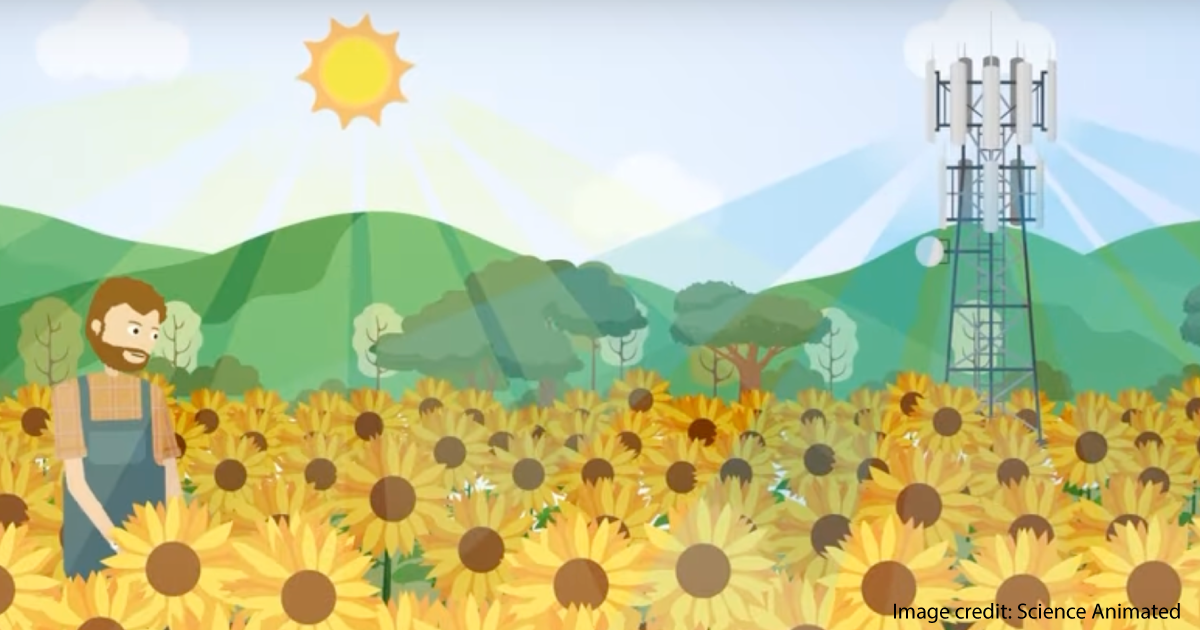
HEALTH ISSUES
DNA and Developmental Damage from Cell Towers: Effects on Insects, Flowers and Vegetables
By Diana Kordas, ED.M., M.A, Safe Tech International:
“A recent paper, ‘Human‑made electromagnetic fields: Ion forced‑oscillation and voltage‑gated ion channel dysfunction, oxidative stress and DNA damage (Review) published in the International Journal of Oncology by biophysicist Dimitris J. Panagopoulos et. al. states unequivocally that electromagnetic radiation from wireless technology damages DNA. This leads to infertility, sterility, mutations and extinctions, and it explains the loss of biodiversity that we are currently experiencing on this planet.
DNA damage from wireless radiation is not a new discovery. It has been confirmed over and over by numerous scientists using a variety of experimental subjects and frequencies. But do observations in the laboratory translate into the same effects in the real world? If these scientists are correct, they must do. In the real-world things might be a lot worse, because in the real world we are not exposed to a single frequency or bandwidth but to a whole soup of them, from multiple sources. In the real world, exposure time is not limited to a few minutes or hours per day or week; the cell towers are on day and night. DNA damage from wireless radiation is not a laboratory phenomenon; it is real. We are losing the insects—among them, the pollinators. We are losing the birds. Animals are dying out. We are wiping ourselves out.
The damage to DNA, says Panagopoulos, is being done by the Extremely Low Frequency (ELF) components of the wavebands used in wireless communications. For decades, regulatory bodies such as ICNIRP, SCENIHR (EU), the FCC (USA) and others have insisted that the only way wireless technology can cause damage is by heating tissue, and that the power levels which are allowed protect us from being harmed. This is not true for human beings, and these regulatory bodies have never even considered nature.”
WATCH: How Do Radio Frequency Radiation and Electromagnetic Fields Affect Human Beings?
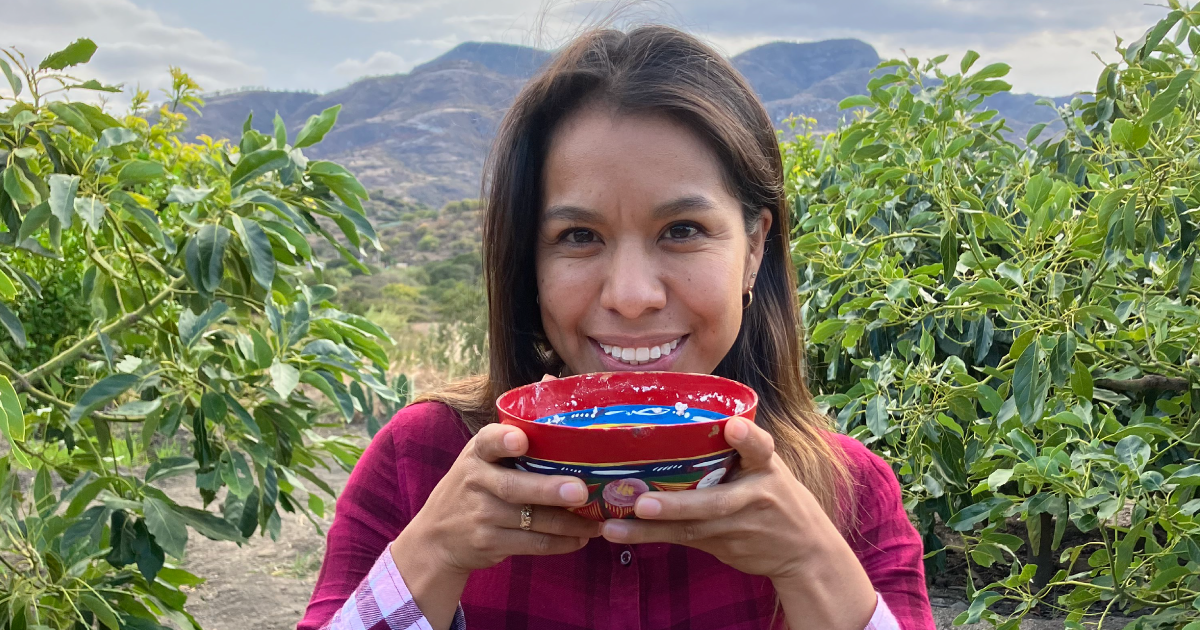
LITTLE BYTES
Other Essential Reading and Videos for the Week
Eating the Right Foods Can Give Your Mood a Boost
The New Green Revolution Hemp 101 Online Course for Spring 2024 Semester
The Lost Words: An Illustrated Dictionary of Poetic Spells Reclaiming the Language of Nature
New Study Suggests Culling Animals Who ‘Don’t Belong’ Can Be a Flawed Nature Conservation Practice
Scottsdale Lawmaker Provides Key Vote on Lab-Grown Meat Bill
Kicking Native People Off Their Land Is a Horrible Way to Save the Planet
Documentary Unveils America’s Pharma-Driven Opioid Crisis and the Heartbreak It’s Causing Families
France Makes Mincemeat of ‘Veggie Steak’ Label
Tribal Nations Want More Control Over Their Food Supply
Forever Chemicals Found in 88% of Kale Tested
Coffee Is Even More Beneficial for Those Over 45
How Traditional Hawaiian Food Is Playing a Key Role in Wildfire Recovery






